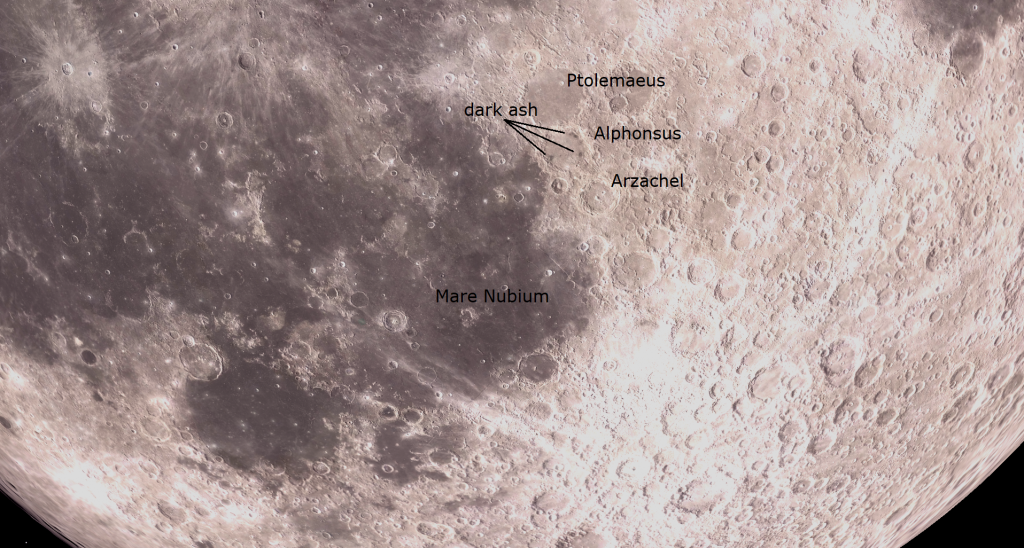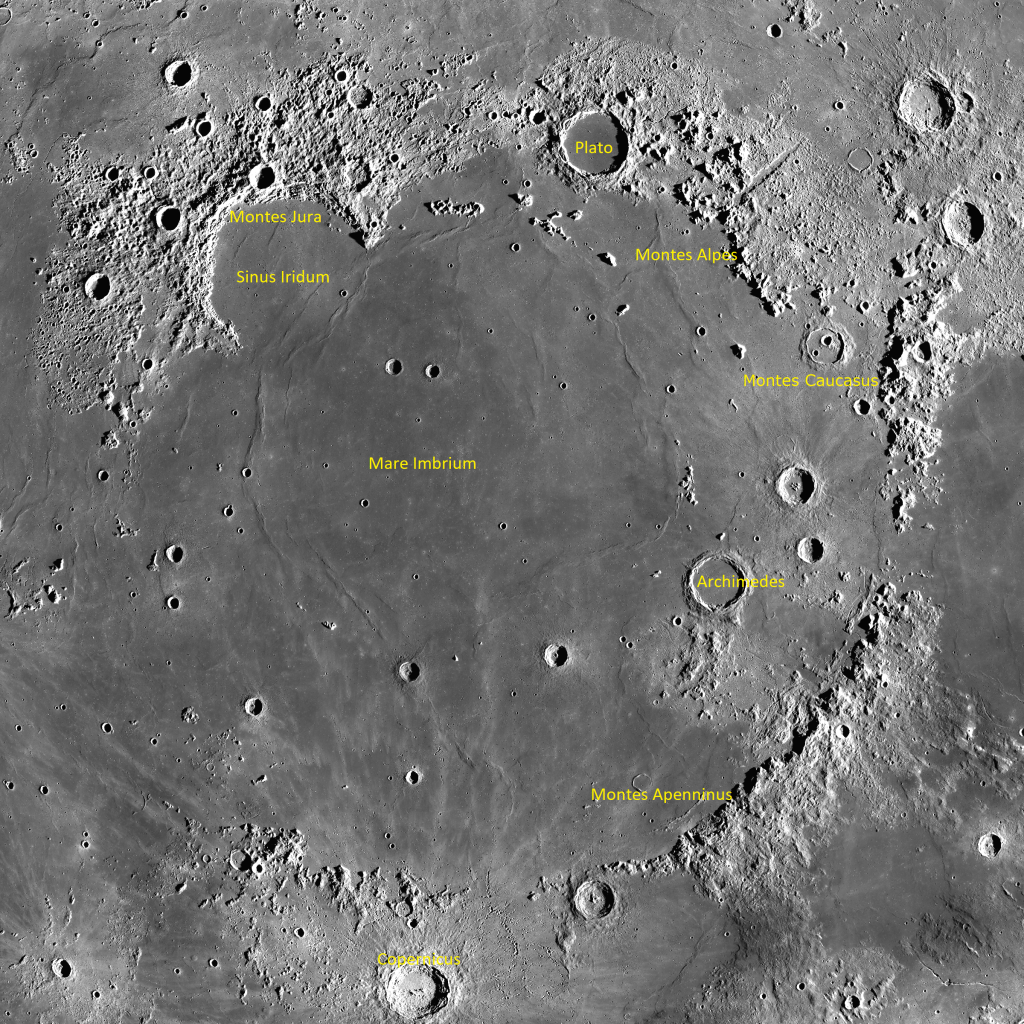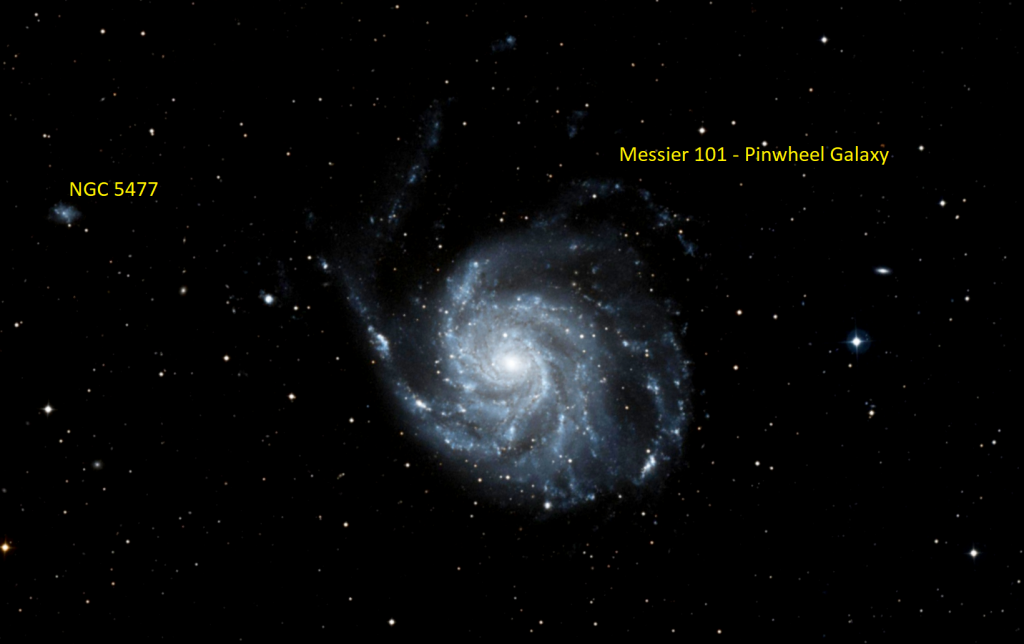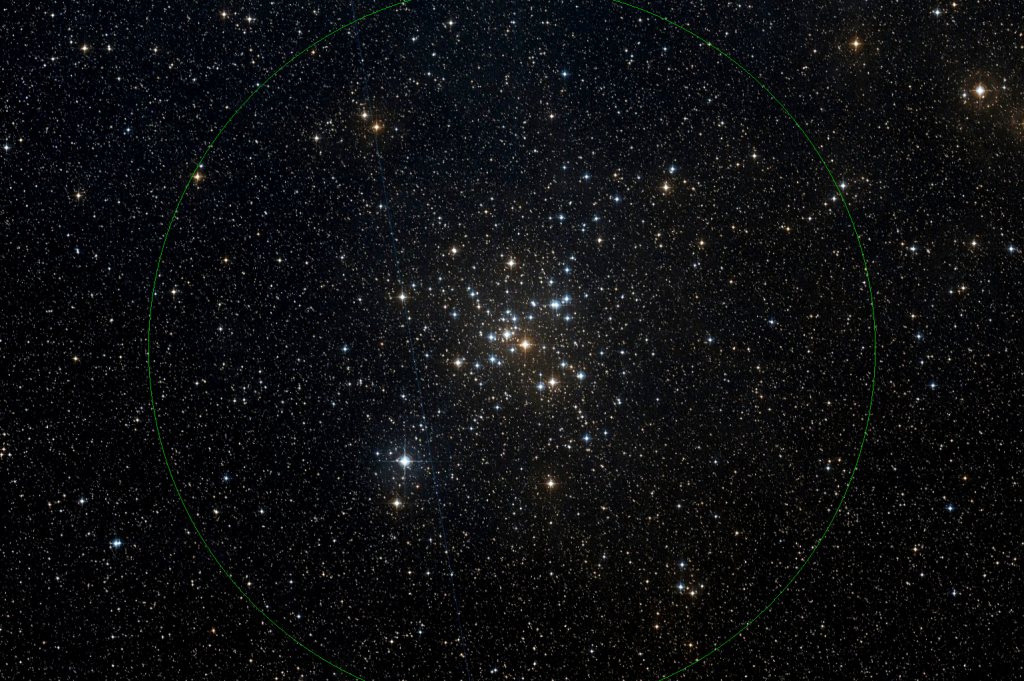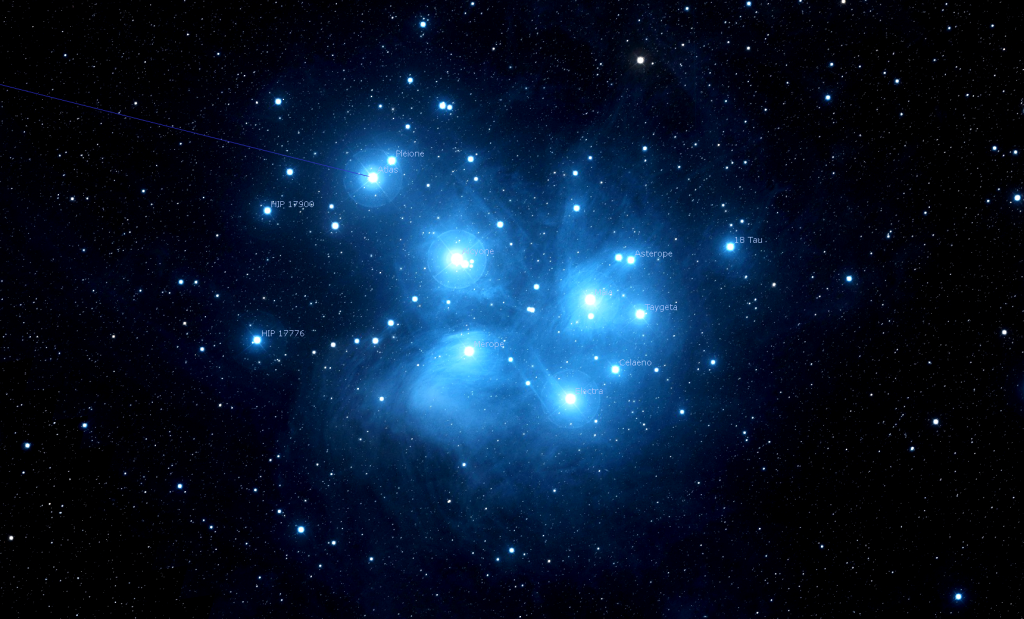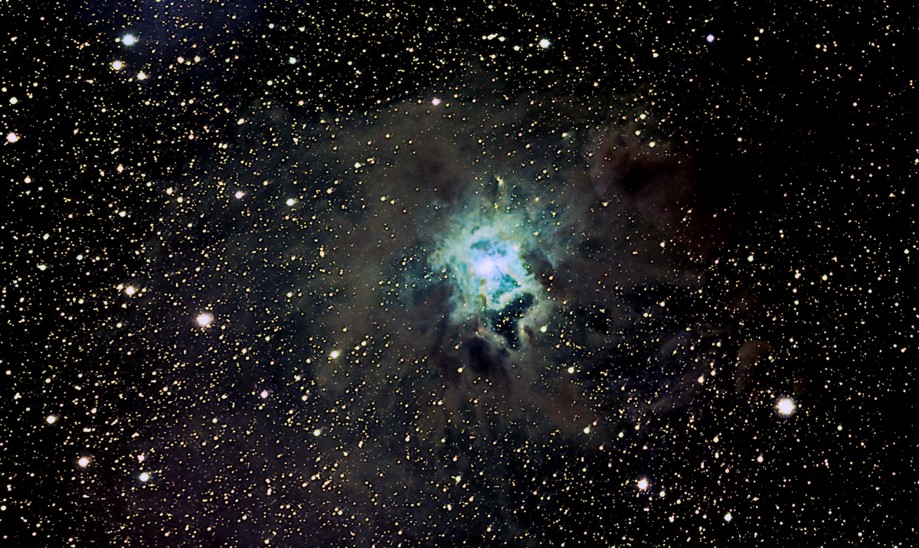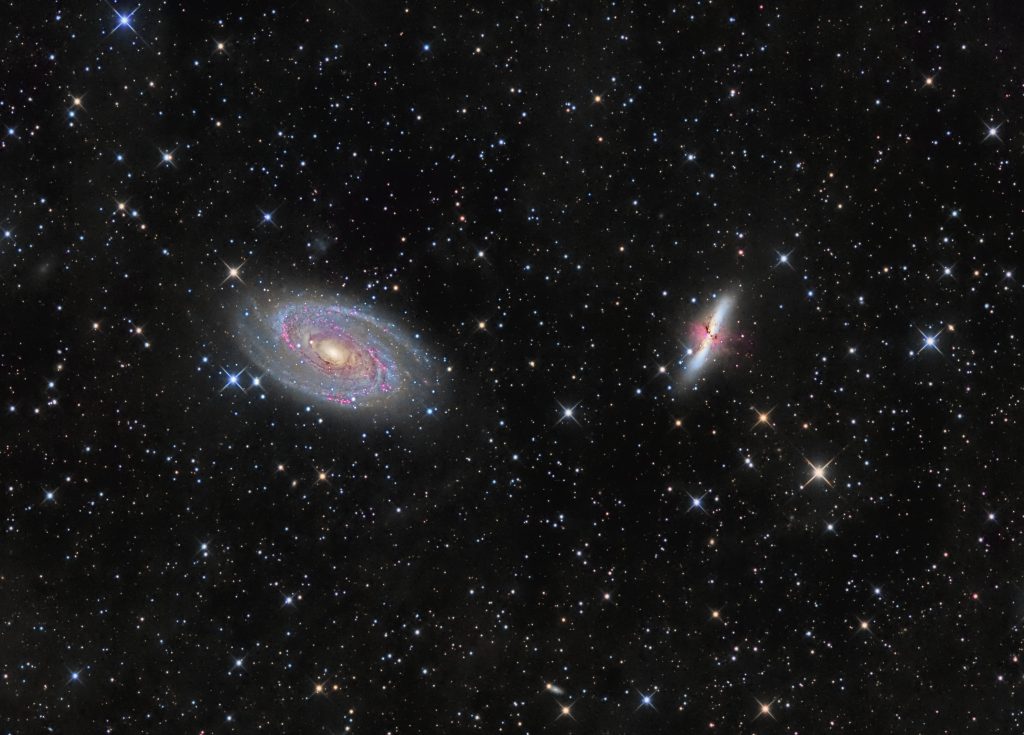The Full Strawberry Supermoon Sports Dark Spots and Rays, A Comet Update, and Maximum Mercury in the Predawn Planet Parade!
A triangle of dark ash deposits left by long-extinct volcanoes are easily visible in the crater Alphonsus using any size of telescope when the moon is fully illuminated. Hello, Moon in June Stargazers! Here are your Astronomy Skylights for the week of June 12th, 2022 by Chris Vaughan. Feel free to pass this along to…
Read more
